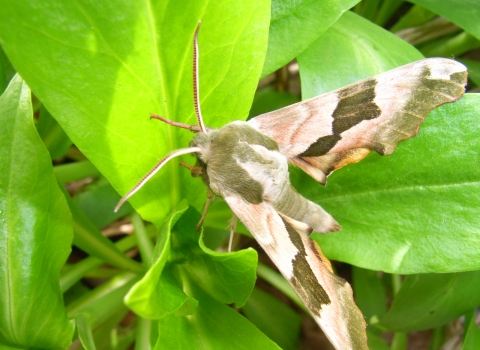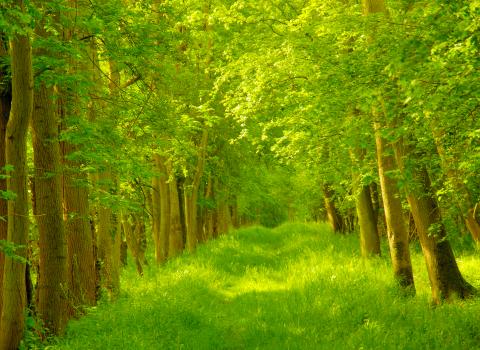When I returned to work after two weeks on holiday at the beginning of September, the moths at Pitsford Water nature reserve were quite clearly letting me know that our amazing, record breaking summer was over. Despite me returning to still lovely, warm, dry weather, the moths had clearly picked up on subtle cues that has bought out the Autumn species. The first Centre Barred Sallow in the traps is my first clue that things are changing, then before long all the beautiful autumnal coloured moths start turning out such as the Pink Barred Sallow, Frosted Orange, Merveille du Jour and Canary Shouldered Thorn to name but a few.
But that is what I have to look forward to. Looking back over this incredible summer, the traps have been an interesting place. Overall, it's been one of the best summers for the moths here when compared to recent years, when many summer species have really struggled, both on site and nationally. However, and maybe I got over excited and over optimistic, the traps were not as bulging at the seams as I might have hoped. If I compare this year's count with the incredible summer of 2006, the numbers are quite substantially different: in 2006, the total abundance of just summer moths was 21,442 (this is close the average total we usually get for the whole year!). In 2018, the summer moth abundance was just 13,026 - but compare this to the summer of 2016 where we only had 7,155 moths, I can’t complain that this has not been a good year.




